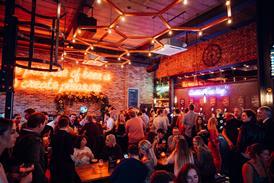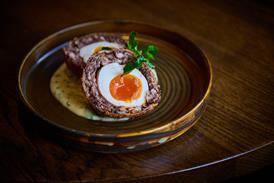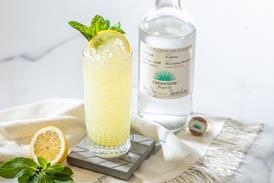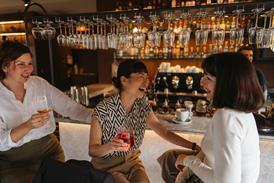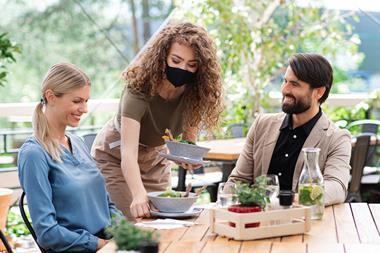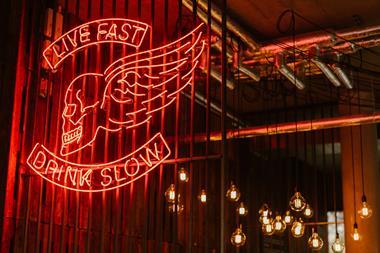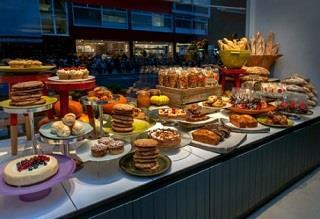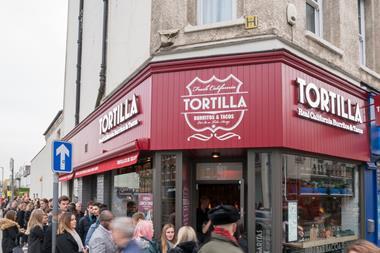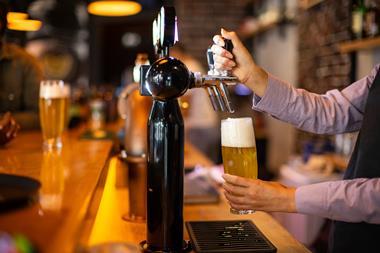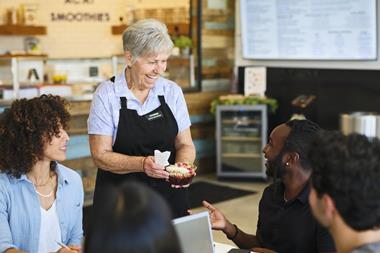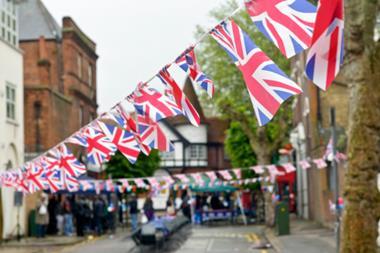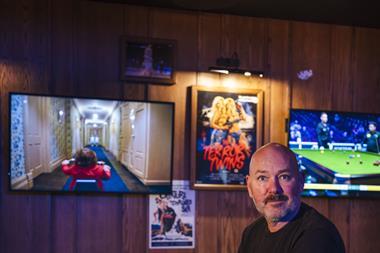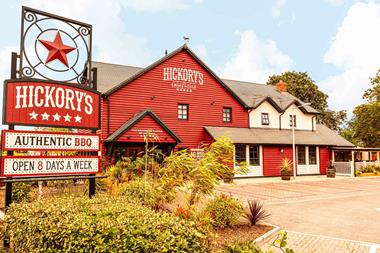Last week, MCA hosted a group of industry leaders on a tour of San Francisco’s eating and drinking-out scene. James Wallin looks at five takeaways from that trip
■ Liquor licences
The challenges facing UK operators in terms of tax and red tape will be no surprise to readers of MCA, but spare a thought for budding barkeepers in San Francisco, where attitudes to alcohol sales from on high verge on prohibition. We met Laurence Jossel, the co-founder of bar and restaurant format Nopa who told us that the cost of selling spirits is now almost unsustainable. When the site opened a decade ago a liquor licence cost $40,000 (£30,800). Today that figure is over $300,000 (£231,000). Jossel also revealed the stand-offs with authorities over issuing new alcohol licences – a fight familiar to operators in urban areas of the UK.
Other takeaways from our chat with Jossel include his novel approach to Valentine’s Day. “It’s a dumb celebration”, he said. “We close for the day and the staff volunteer their time to good causes instead.”
■ Fine casual
One of the highlights of the trip was the visit to three-Michelin-starred Quince and some tasters of its $475 (£366)a head menu. The staff explained their close connections with organic farming pioneer Peter Martinelli and also the influence of chef and co-owner Michael Tusk’s passion for photography on the décor. But one of the most fascinating elements was getting a glimpse of the central kitchen which serves both Quince and its sister restaurant next door – the Italian casual-dining format, Cotogna. While the operating formats could not be more different, the back of house works seamlessly to deliver both offers.
■ Delivery
The received wisdom is that the UK follows the US on restaurant trends but it appears that there is somewhat of a lag between west and east coasts as well. Visiting the three-strong Greek restaurant group, Souvla, we discussed the impact of delivery with owner, Charles Bililies. It seems it became a trend in San Francisco at around the same time it hit the UK and that Uber has only just joined local firms Caviar and GrubHub. He expressed dismay at fees of up to 20% for operators (a comment that elicited laughter from London-based operators among the group) and scepticism as to how big the trend was likely to get in a city where locals are fiercely protective of their eateries. However, he admitted the phenomenon had already hit in-restaurant sales and he has had to rethink the layout of his restaurants.
■ Street market R&D
The Off the Grid street food markets rotate across the city on a weekly basis – featuring everything from Nepalese dumplings to sushi burritos via fried chicken feet. While the grungy trucks and food stalls would not look out of place at a street food market anywhere in the world, it was interesting to find out more about who was behind the grill. While many of the traders were independents and fledgling operators, the market is also a regular test bed for established companies to test out food innovations and new product development. One operator told me it is also quite common for companies to use the events to scope out potential approaches for up-and-coming brands.
■ The Impossible Burger
One of the more surprising innovations from Silicon Valley is the Impossible Burger – the meat-free patty that bleeds like the real thing. A few restaurants in the city serve the Impossible Foods creation, which we tried at Public House – where it now outsells beef patties four to one. So closely guarded is the secret of the burger’s make-up that takeaway is forbidden. Verdicts were mixed on how successfully the product replicates its bovine brother. Personally, I don’t think gourmet burger chains have a great deal to worry about just yet.
A full overview of MCA’s 72 hours in San Francisco will feature in next month’s print edition of MCA

